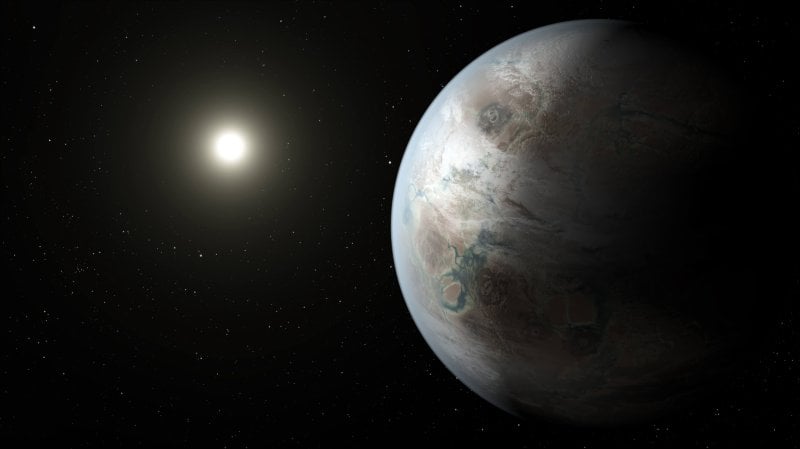Some astronomers are questioning the existence of what might be the most Earth-like planet yet found outside the solar system, based on a reexamination of archival data.
Kepler 452 b was discovered by NASA’s Kepler space telescope and announced in 2015. At the time it seemed like everything astronomers had hoped for in an Earth analogue: slightly larger and more massive than our planet, and in a habitable 385-day orbit around a star remarkably similar to our sun.
…
In a new analysis, reported last month [March] in a paper accepted to The Astrophysical Journal, researchers take an extremely statistical approach to considering any given planetary candidate—averaging out errors from the entire span of the Kepler mission, and from every instrument in aggregate. In the process, they say they learned to better distinguish a true planetary signal from astrophysical false alarms or instrumental noise.
…
In an e-mail sent to Kepler scientists who work on the project, representatives from NASA’s Exoplanet Science Institute … wrote Kepler 452 b should keep its status as a planet for now: “This new paper has not definitively shown that the Kepler 452 b signal is instrumental in origin. While the external reliability remains high, the internal reliability is lower than what is claimed in the original 2015 paper. For now, the Exoplanet Archive has opted to retain Kepler 452 b within the Confirmed Planets table until a more definitive refutation is published.”
Read full, original post: Study Casts Doubt on Existence of a Potential “Earth 2.0”































